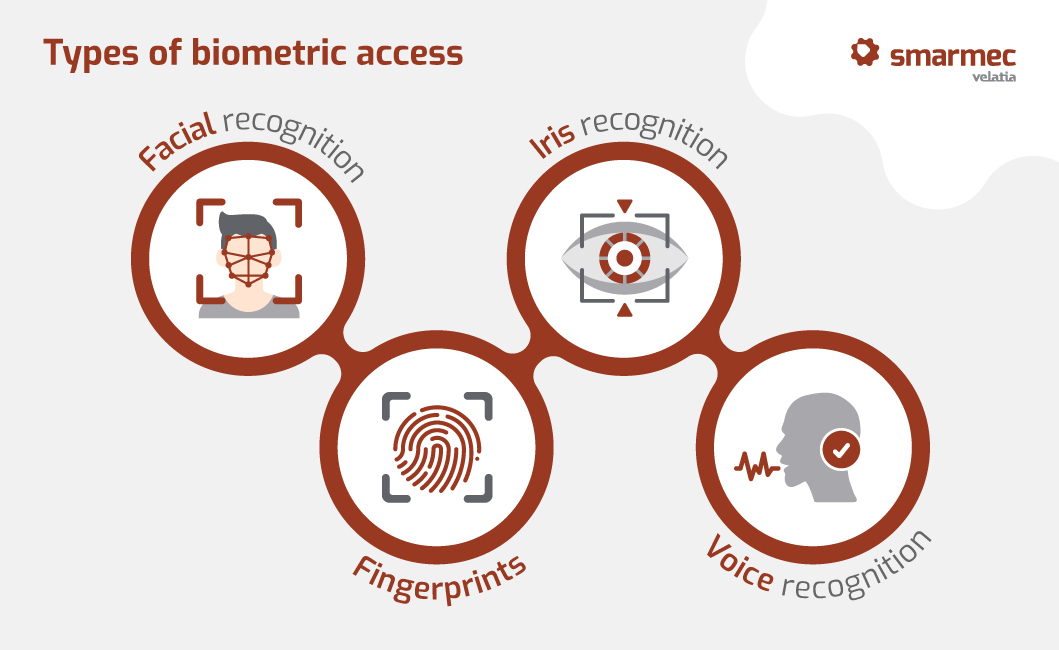The technological revolution enabling biometric access control has brought these systems into the limelight, but what are they and how do they work?
When we talk about security, we talk about one of those issues that, whether individually or collectively, we do not question. Security is essential in our societies to ensure our welfare state and to keep us away from controllable risks. This is something that allows us to protect citizens at all levels. That is why, with the support of technology, the new security systems that have been developed in recent decades have brought about a revolution to improve the quality of life of all people.One such system is biometric access control; a technology that has become increasingly popular in recent years.
This is nothing more than a security system that bases accessibility to systems (whether virtual or physical) on the comparison of the unique characteristics of each individual: fingerprint, iris, voice… Something that nowadays we can find in devices as diverse as our mobile phone and/or computer, in the lock of our home, or even in the access to our workplace.
Be that as it may, this series of systems offer a series of differential values with respect to other more traditional security systems. Today we are going to see what types there are, how they work and what advantages they offer. Are you up for it?
How does biometric access control work?
Biometric access control uses different techniques to verify a person’s identity. Here are some of the most common ones:

- Fingerprints: Fingerprints are the most common form of biometrics used for access control. Fingerprint systems use a reader to scan a fingerprint and compare it to a database of previously registered fingerprints. If the fingerprint matches any of the registered fingerprints, access is allowed.
- Facial recognition: Facial recognition uses pattern recognition software to analyse a person’s facial characteristics, such as the distance between the eyes, the width of the nose and the shape of the jaw, among others. The system compares these features with a database of previously recorded facial images. If it finds a match, access is granted.
- Iris recognition: Iris recognition uses a camera to capture an image of the iris of a person’s eye. The system then uses pattern recognition software to compare the image with a database of previously recorded irises. If there is a match, access is granted.
- Voice recognition: Voice recognition uses voice analysis software to identify unique characteristics in the way a person speaks, such as the frequency of their voice, their pitch and the way they pronounce words. The system compares these characteristics with a database of previously recorded voices. If it finds a match, access is granted.
Advantages of biometric control
Now that we know which types of systems are the most common, let’s try to unravel the main advantages of implementing this type of security controls. Biometric access has many advantages that you may not be aware of compared to other authentication methods, such as passwords or ID cards. Let’s take a look at them:
- Increased security: A person’s biometric characteristics are unique and cannot be easily forged. This makes biometric access control much more secure than other authentication methods.
- Increased convenience: With biometric access control, people do not have to remember passwords or carry ID cards. They simply need to use their own fingerprint, iris or voice to access the location or device in question.
- Increased efficiency: Biometric access control systems can quickly process large amounts of data and perform identity checks in real time. This makes the access process much more efficient and faster.
- Lower cost: Although its initial investment may seem higher compared to other systems, its maintenance is very simple. In other words, once the investment has been made, its long-term amortisation is guaranteed.
- 24/7 operation: A biometric access control system does not take breaks, but operates 24 hours a day, seven days a week.
Smarmec, manufacturer of metal enclosures for access systems
Smarmec’s flexibility allows us to adapt to this rapid evolution by providing a customised response to each of our customers in the design and manufacture of both the metal enclosures and the fully integrated equipment itself.
The technological and digital revolution in which we are immersed means that access control equipment is undergoing a rapid transformation in search of more security and greater efficiency, with the possibility, moreover, of offering users a much wider range of services from the outset. A revolution you can count on Smarmec for.